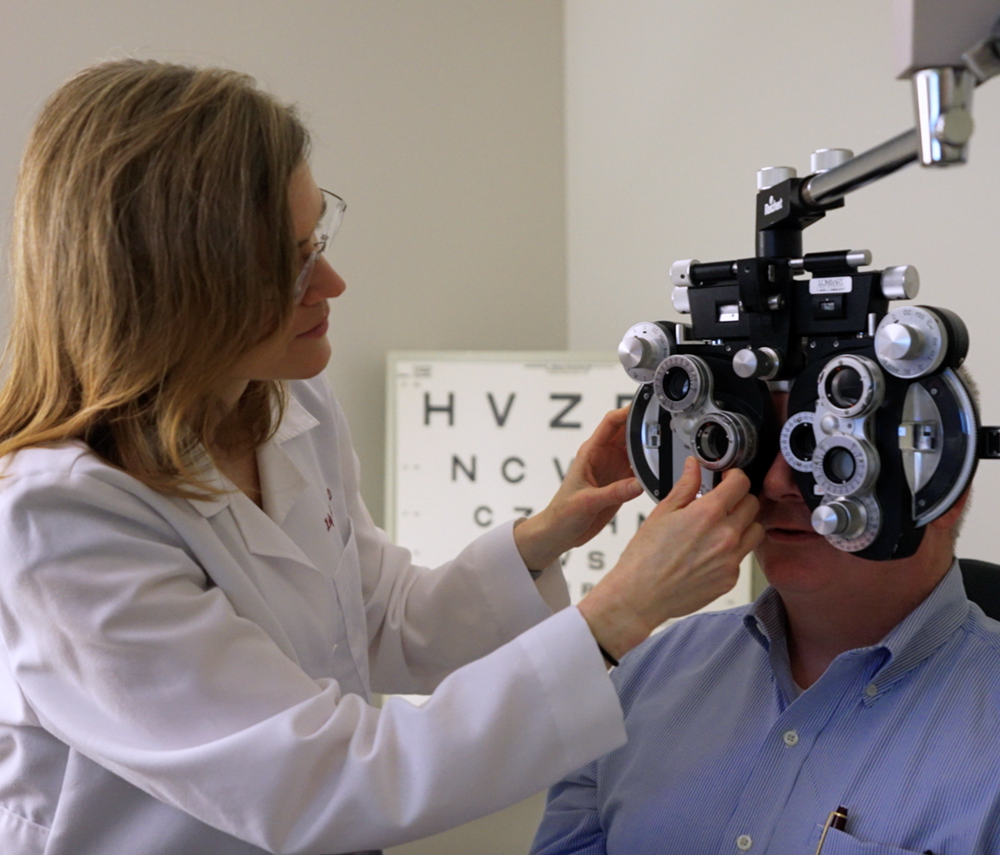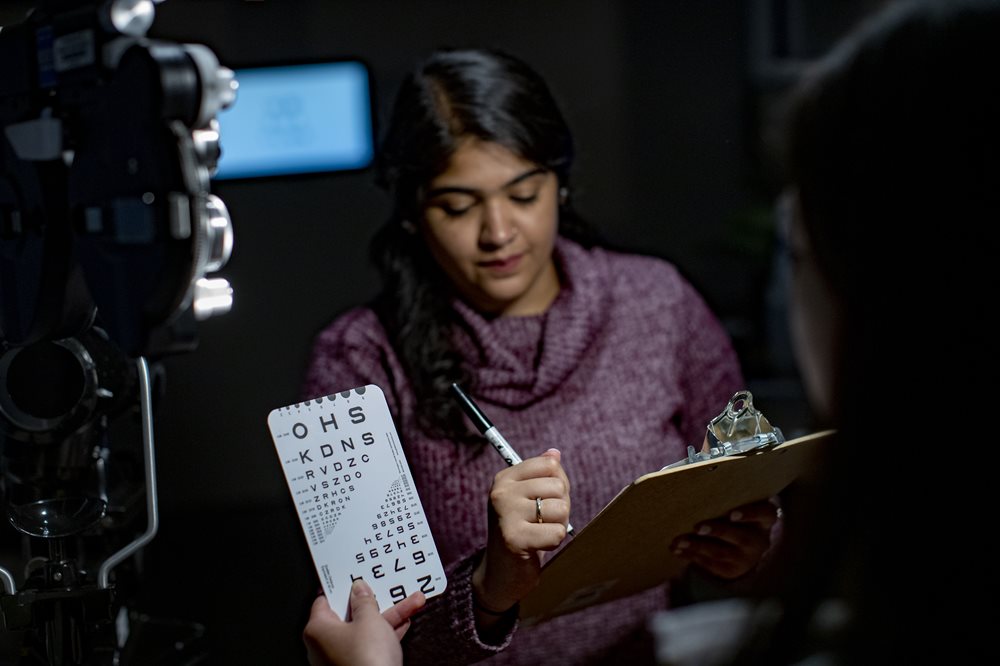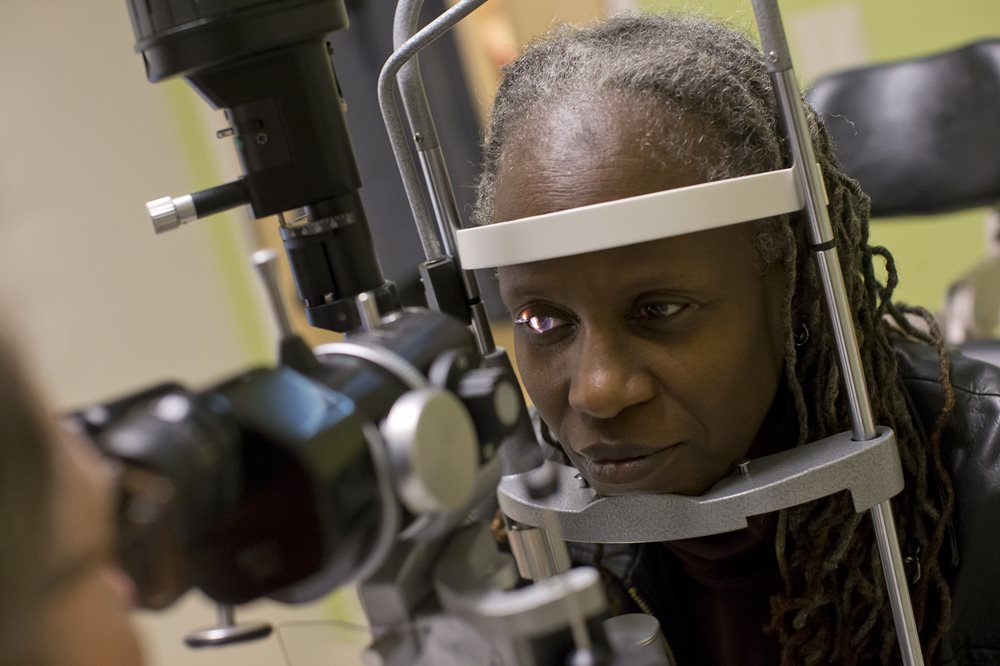Signs You May Have Cataracts
A cataract is a clouding of the eye’s lens, which blocks or changes the passage of light into the eye. The lens of the eye is located behind the pupil and the colored iris, and is normally transparent. Vision may become blurry or dim because the cataract stops light from properly passing through to the retina. Generally, a cataract does not cause pain, redness or tears.
 According to Prevent Blindness, cataracts are the world’s leading cause of blindness, accounting for approximately 42 percent of all cases of blindness in all nations. In the United States, more than 25 million Americans are estimated to have cataracts.
According to Prevent Blindness, cataracts are the world’s leading cause of blindness, accounting for approximately 42 percent of all cases of blindness in all nations. In the United States, more than 25 million Americans are estimated to have cataracts.
If you are experiencing any of the following symptoms, you may have cataracts.
Cloudy Vision
Cataracts start small and initially may have little effect on your vision. Things might seem a little blurry. This effect usually increases over time. The world will seem cloudy, blurry, or dim.
Impaired Night Vision
As cataracts become more advanced, they begin to darken with a yellow or brown tinge. This begins to affect night vision and makes certain nighttime activities, such as driving, more difficult.
Light Sensitivity
Light sensitivity is another common symptom of cataracts. The glare of bright lights can be painful.
Halos
The clouding of the lens can result in deflection of light entering your eye. This can cause a halo to appear around light sources. Rings around every light, sometimes in a variety of colors, can make driving very difficult. Driving at night, especially when there are streetlights and headlights, can be dangerous if you have a cataract.
 Frequently Changing Prescription
Frequently Changing Prescription
If you find yourself frequently needing stronger glasses or contacts, you may have cataracts. See an eye doctor if your eyesight is changing rapidly. You may have cataracts or another eye condition that will benefit with prompt treatment.
Yellow Tint
As cataracts progress, the clumps of protein clouding your lens may turn yellow or brownish. This results in all the light coming into your eye having a yellow tint. This changes how you see color and reduces your ability to tell the difference between colors.
Double Vision
Many things can cause double vision, also called diplopia, however, monocular double vision, which causes multiple images to appear in one eye but not the other, is more likely to be an issue with your eye’s cornea or lens. Cataracts is a common cause of diplopia. As the cataract grows larger, this effect may go away.
 Risk factors for cataracts include:
Risk factors for cataracts include:
- Smoking
- Too much time in the sun without eye protection
- Diabetes
- Older age
- Taking steroids for an extended time
- Radiation treatment for cancer or other diseases
- Hereditary influences
As with most eye conditions, early intervention is key. A comprehensive eye exam is the best way to detect the development of cataracts. To schedule an exam at The Eye Institute, call 215.276.6111.